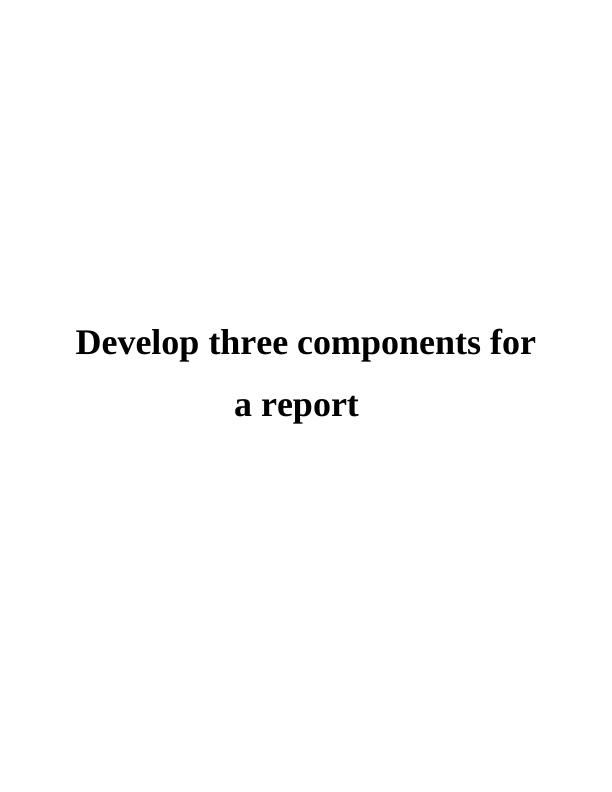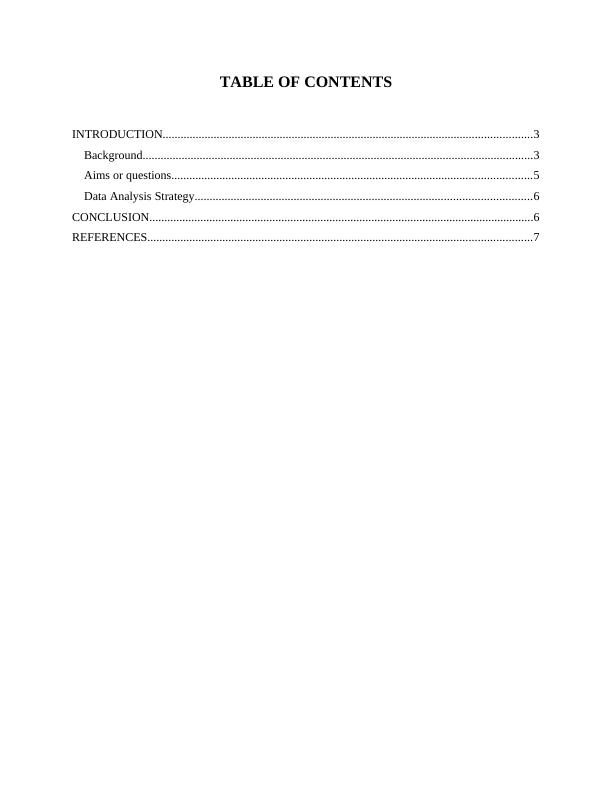Diabetes Mellitus in Bottlebrush Hospital
Added on 2022-12-14
8 Pages2133 Words278 Views
End of preview
Want to access all the pages? Upload your documents or become a member.
Homeostatic Changes and Treatment of Diabetes Mellitus
|7
|2534
|492
Using Healthcare Data for Decision Making
|7
|2019
|222
Diabetes Mellitus: Types, Diagnosis, and Management
|5
|1131
|433
Endocrine System Information 2022
|4
|739
|31
Impact of Diabetes Mellitus on Society and Individuals
|10
|2942
|215
Diabetes Mellitus (Type II): Pathophysiology, Symptoms, Treatment and Relevance to Nursing Practice
|22
|2061
|395



